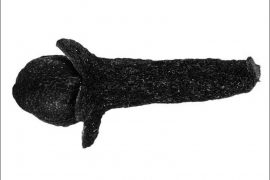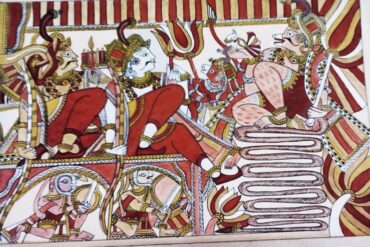In the Autumn of 1542, a fateful wind blew a Chinese ‘junk’ ship off-course from the Southern Chinese coast. The ship, carrying a multinational crew of one hundred, docked in the Japanese island of Tanegashima. Two to three Portuguese merchants were among them. It was the first time Europeans had set foot in Japan.
The foreigner’s arrival sparked great intrigue within the island. Unable to read Japanese, they were deemed illiterate barbarians from a faraway land. Barbarians who could not even use chopsticks – but the island’s lord, Tanegashima Tokitaka, took a keen interest in them, nevertheless. For in their cargo were two curious instruments.
Arquebuses; primitive but effective firearms of the 16th century. Tanegashima must have smiled when he saw them – for these weapons would change the course of history in Japan. The Portuguese too would have smiled, for they were cunning traders.
Tanegashima assigned his best sword-smith, Yasuita Kinbei Kiyosada, to work on replicating the weapons. But the Portuguese demanded a terrible price in exchange – Yasuita’s daughter. The deal was made and the Portuguese captain took her as his wife, and the ship sailed into the horizon. It would be years before Yasuita saw his daughter again.
Copyright©Madras Courier, All Rights Reserved. You may share using our article tools. Please don't cut articles from madrascourier.com and redistribute by email, post to the web, mobile phone or social media.Please send in your feed back and comments to [email protected]











